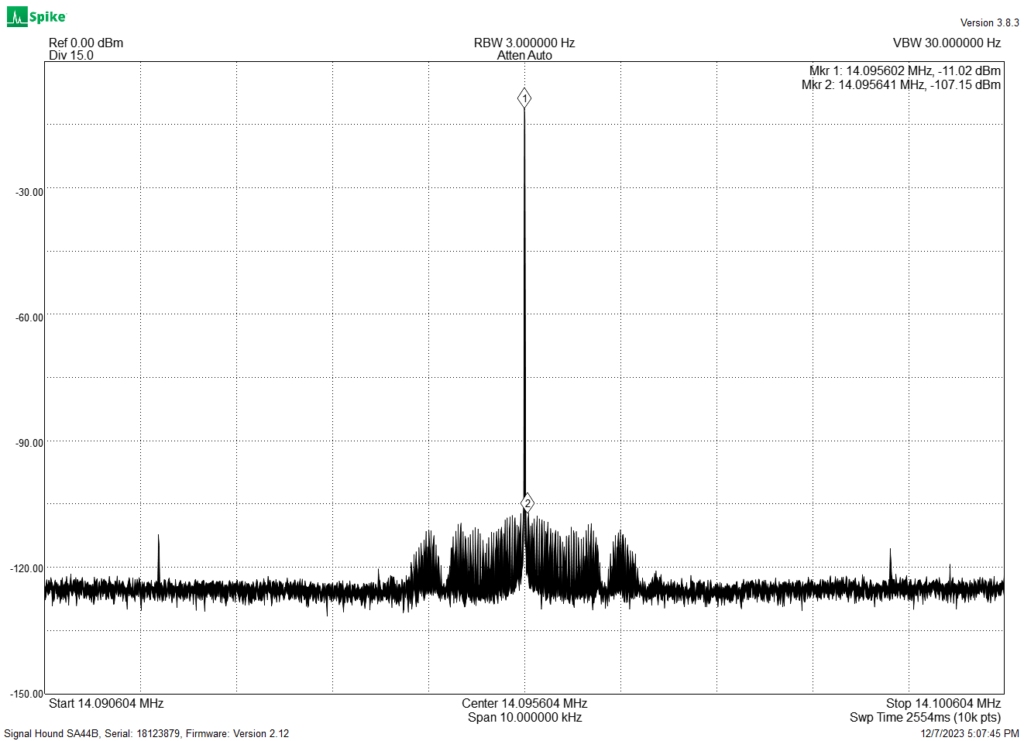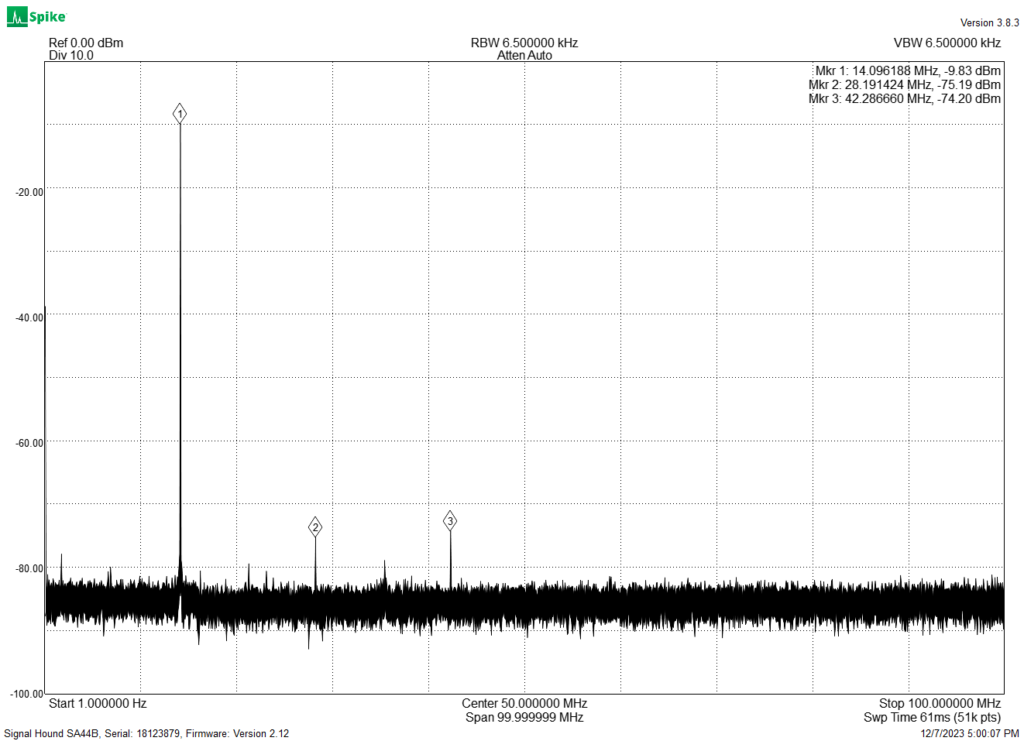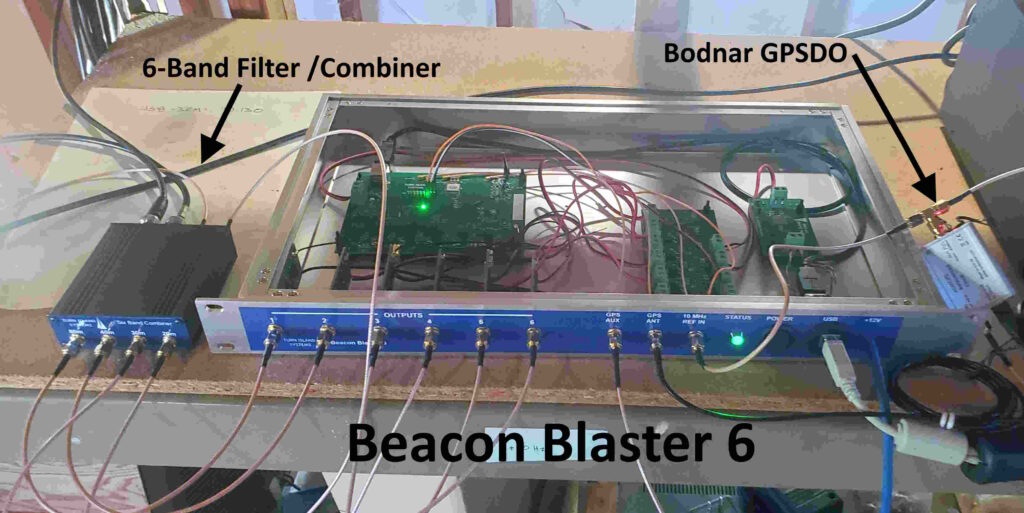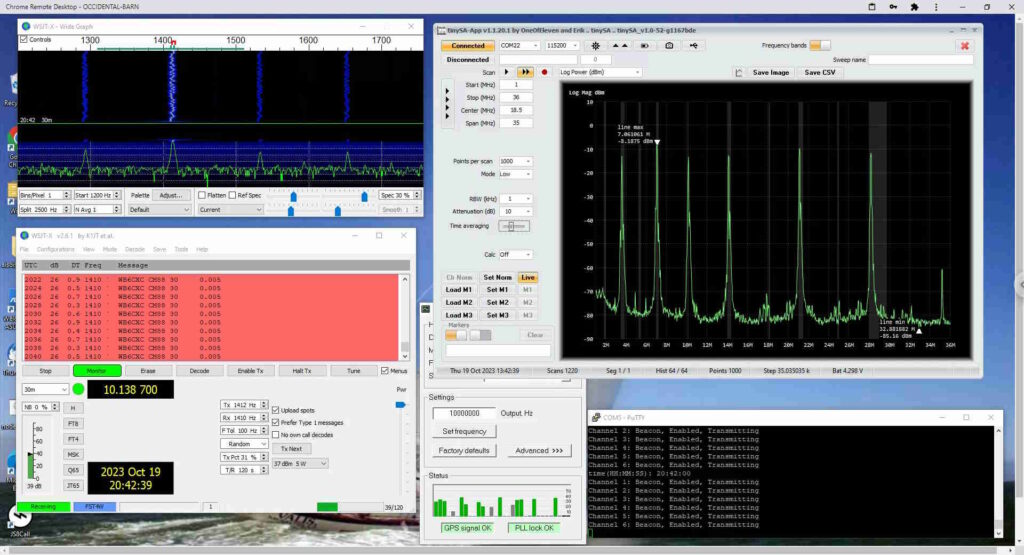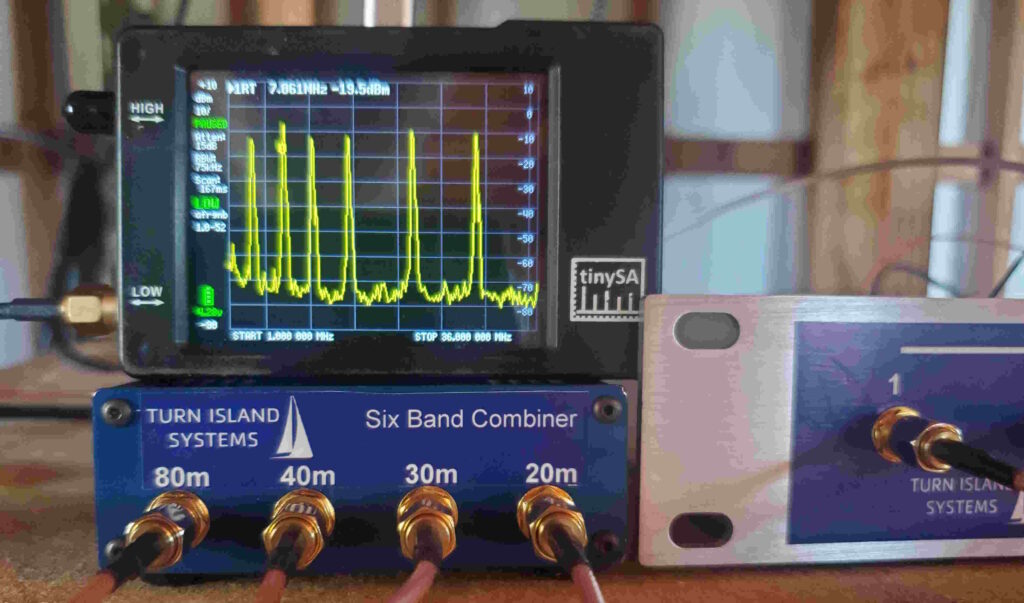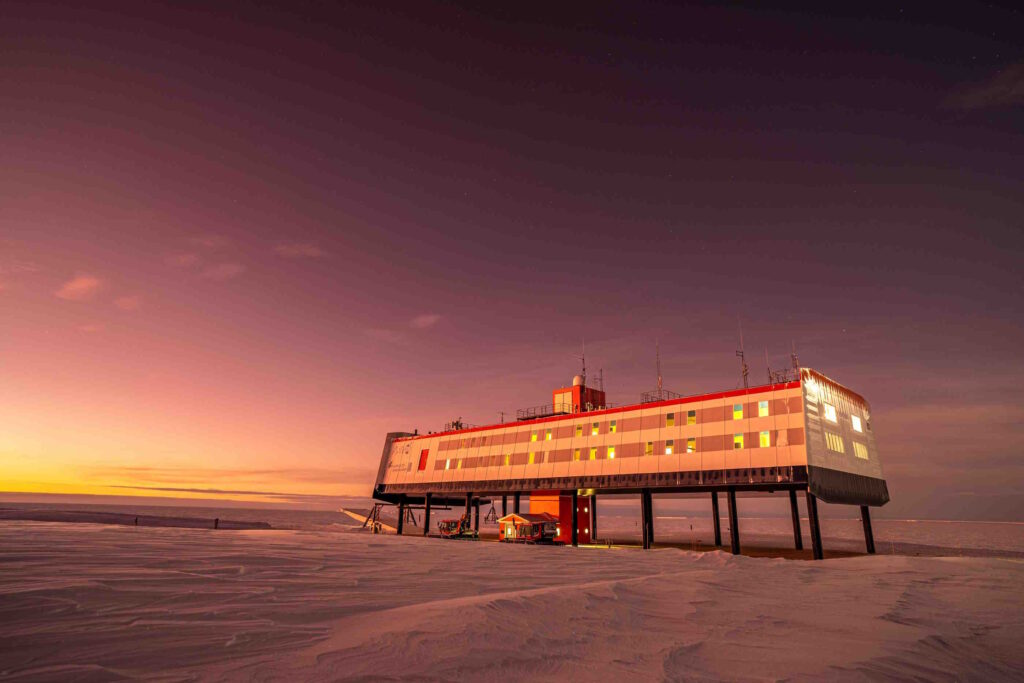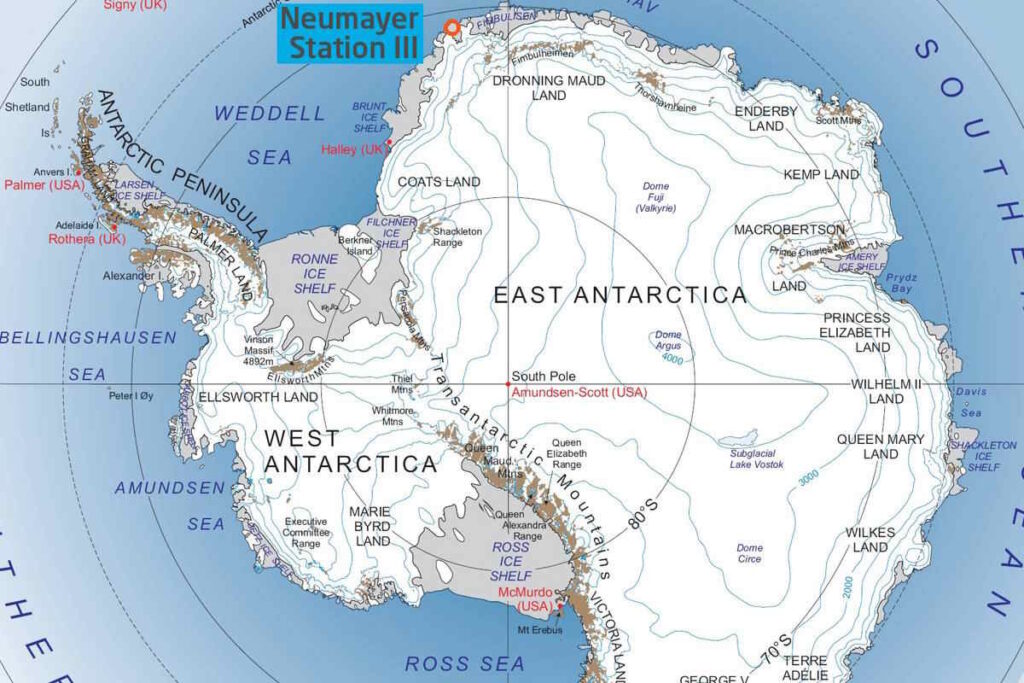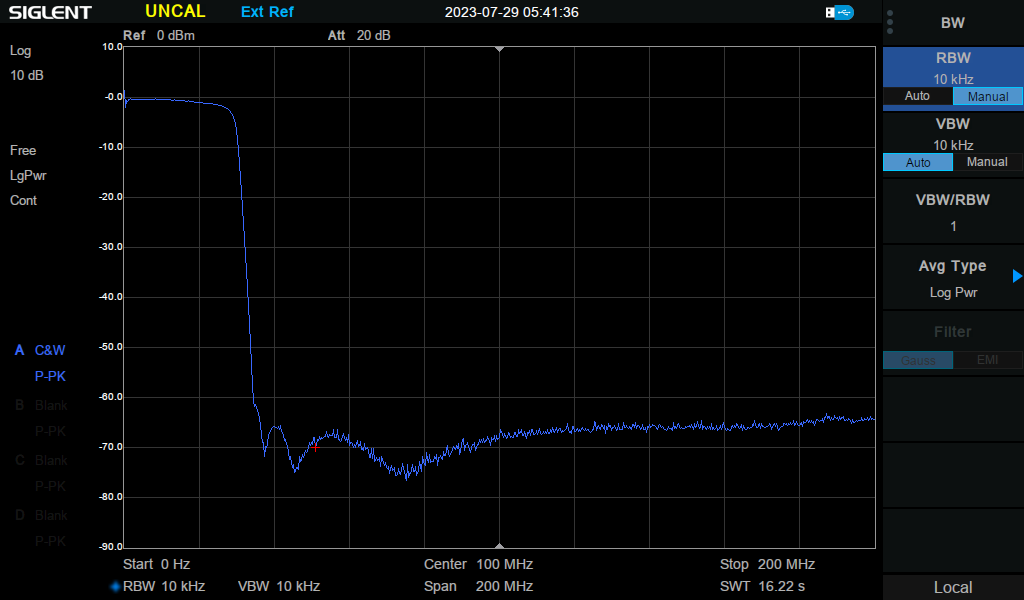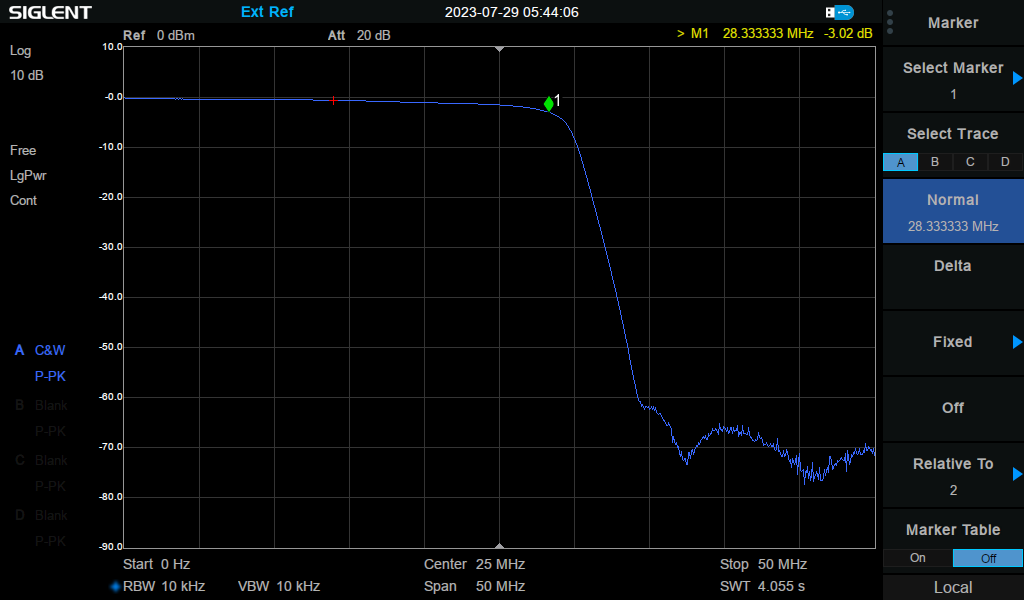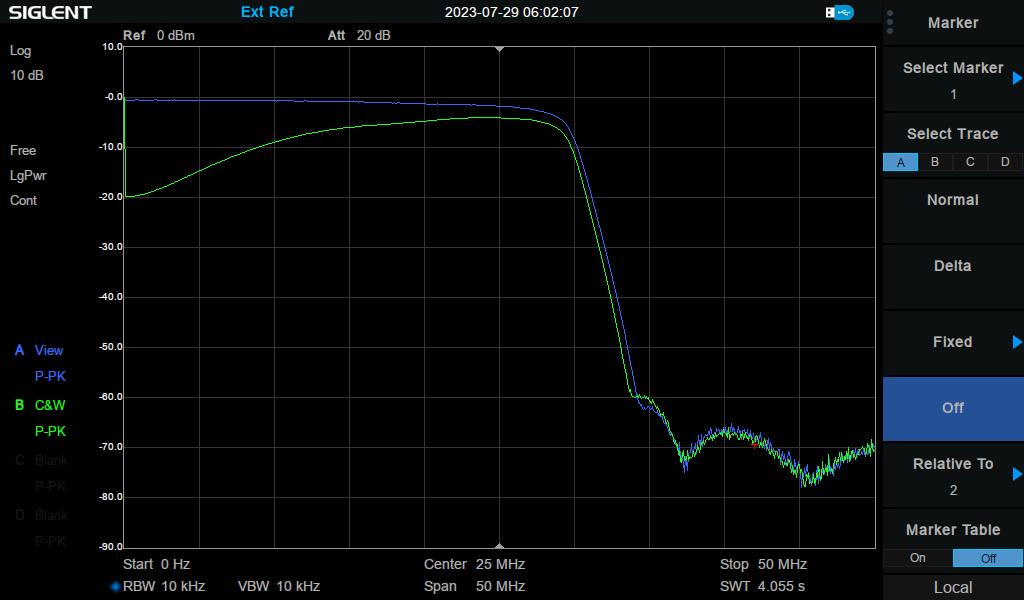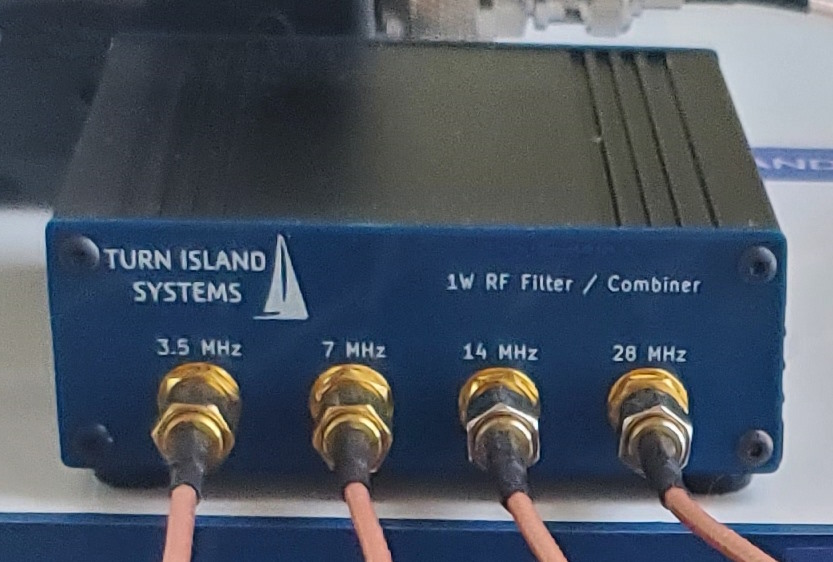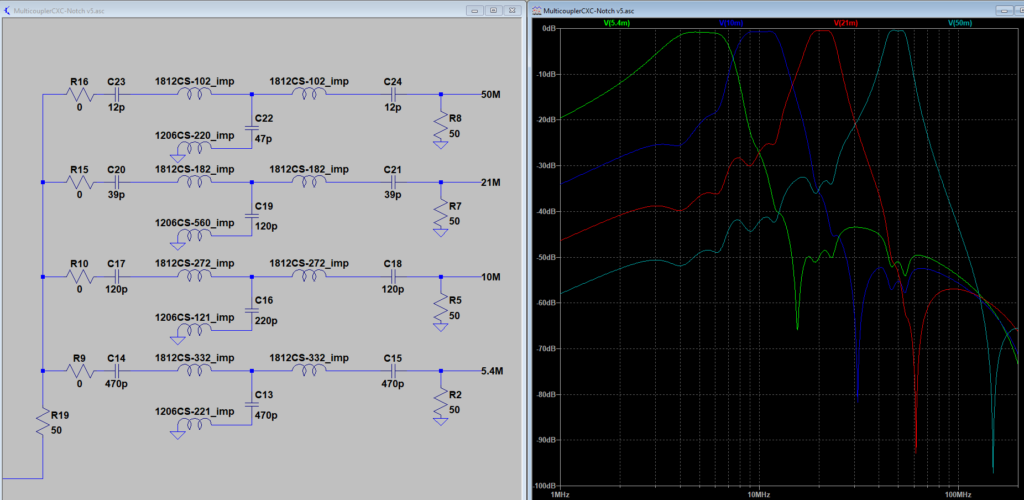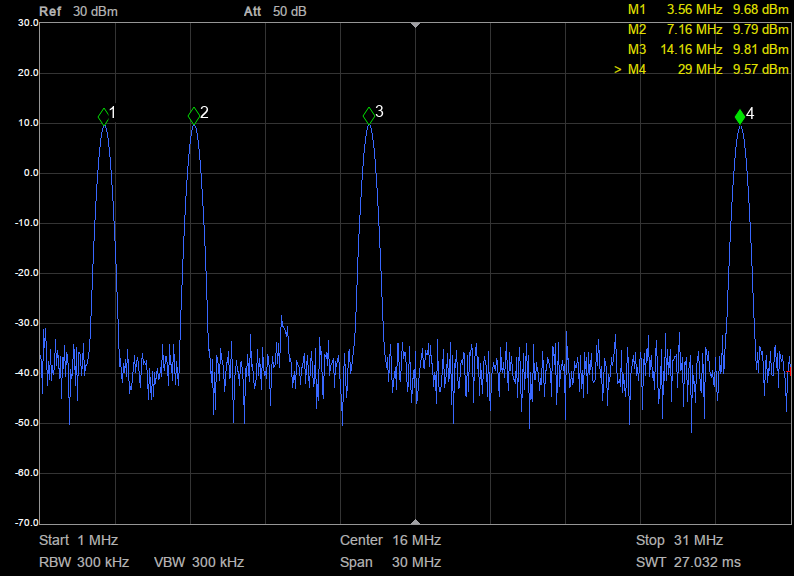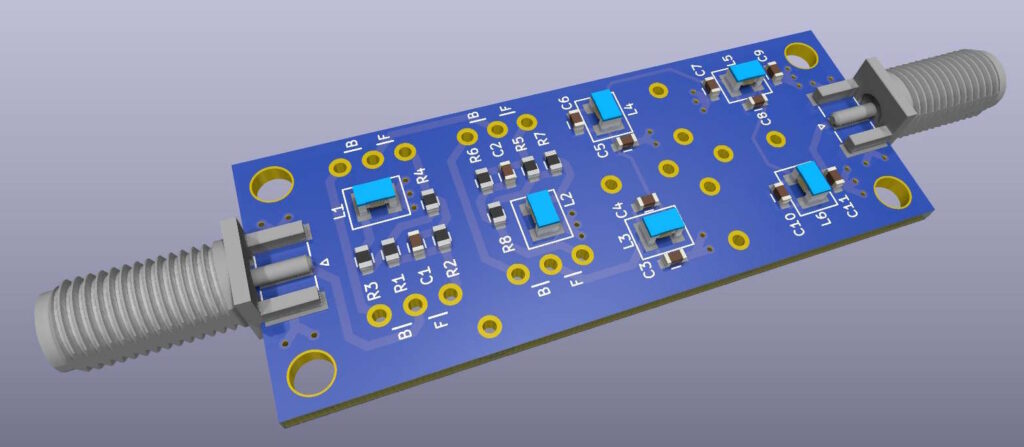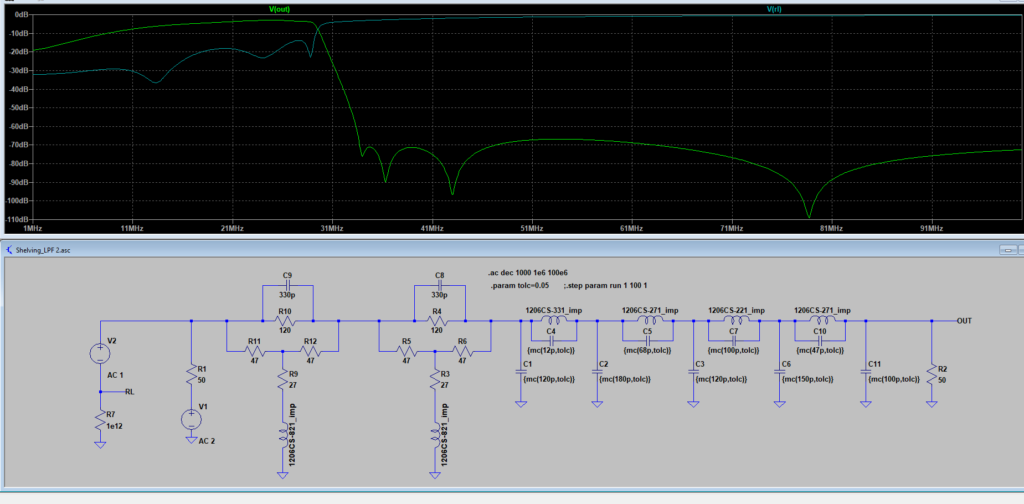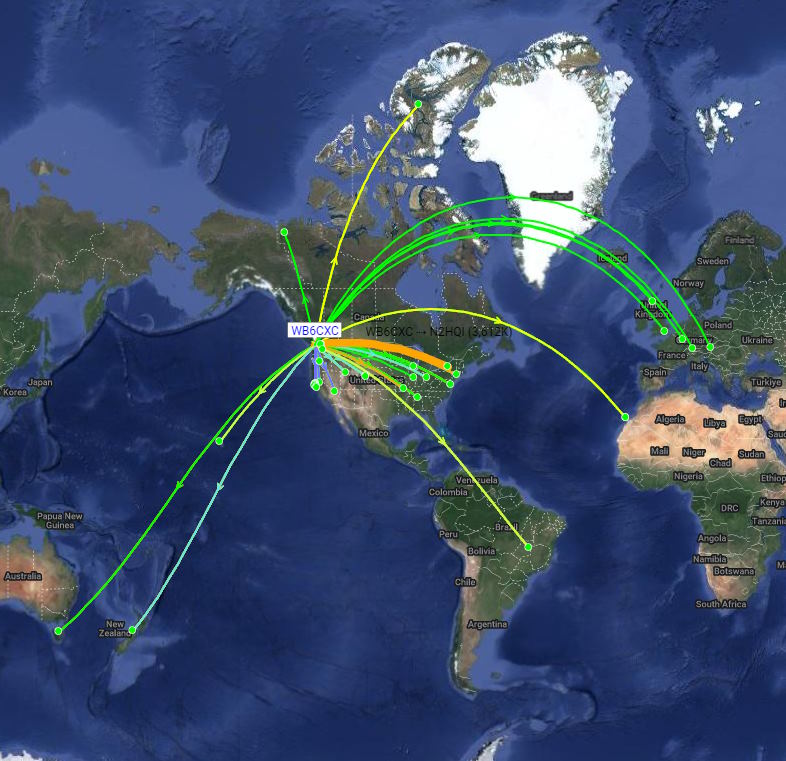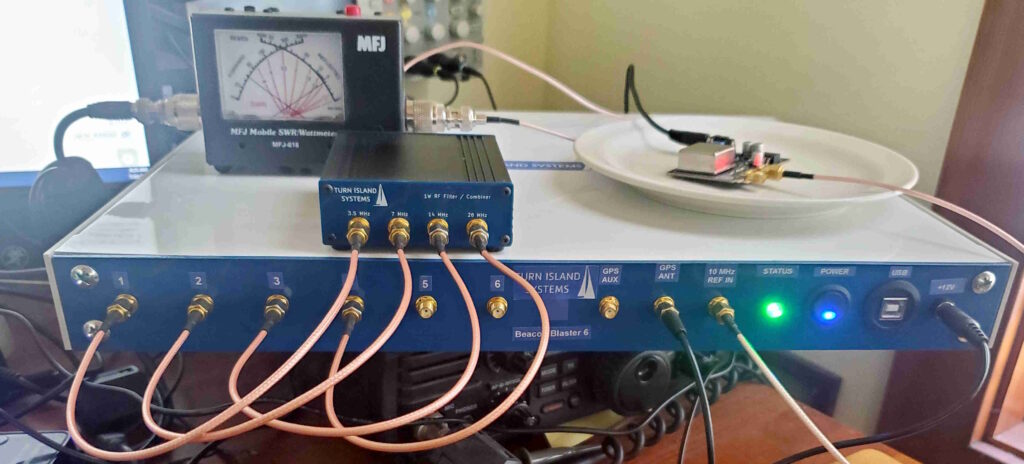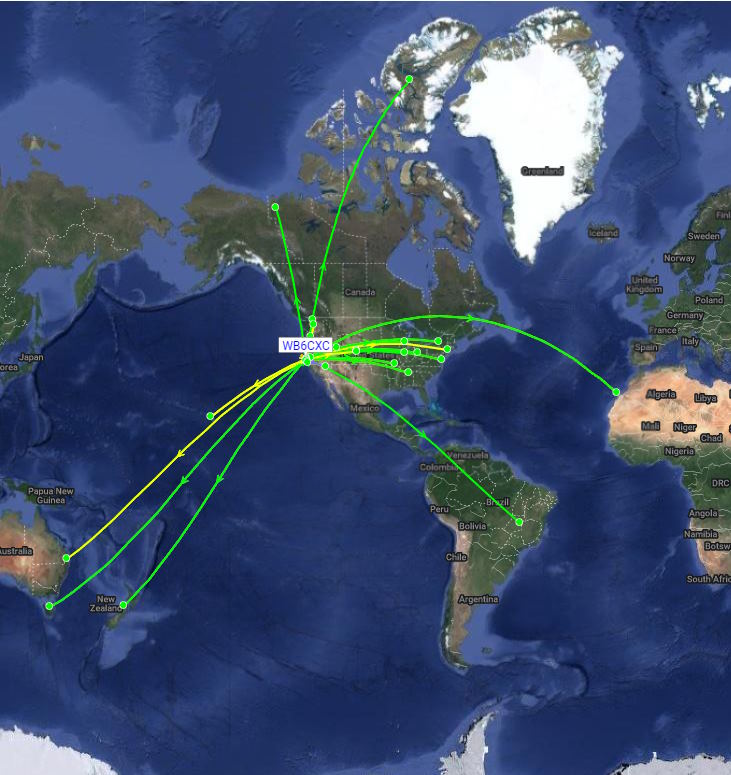Announcing the next stage in Beacon Blaster evolution: The WSPRSONDE 8!

This is still in development, but the initial prototypes look very promising. Similar in many ways to the BB-6, this has the same type of frequency-flexible 1W Digital (square wave) outputs, the same GPS and 10 MHz clock reference inputs, 9-24VDC input, and USB configuration port. The WSPRSONDE-8 supports both WSPR and FST4W-120 modes.
But the WSPRSONDE-8 adds these new features:
- Eight frequency-flexible outputs, 1W, 160-6 meters (requires external filtering)
- Spurious output levels greatly reduced. The BB-6 was designed to meet a spurious output level of -40dBc or better. The WSPRSONDE-8 uses a different modulation technique to provide close-in spurs typically better than -90dBc
- A single-board design that eliminates the many subassemblies and interconnections inside the BB-6. This is a rugged system.
The WSPRSOND-8 provides ultimate frequency accuracy and stability limited only by the external 10 MHz reference.

